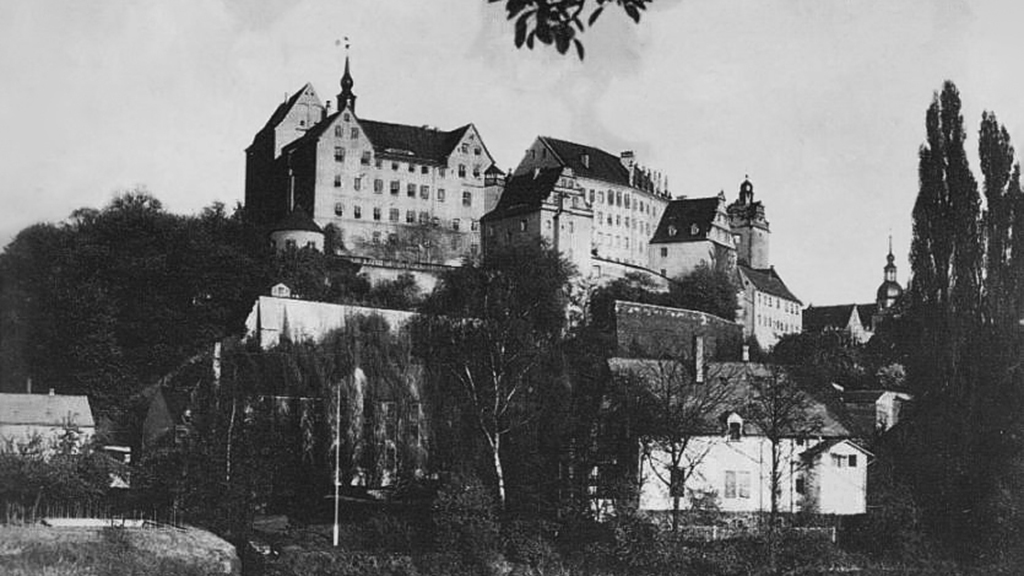Abstract
The goal of this case study is to make the traditional Atwood's machine problem more interesting for students. Colditz Castle, located in Germany, was used as a Nazi prison camp during World War II. A group of British prisoners hatched a plan to escape by secretly building a glider that could be launched from the roof of the castle using a modified Atwood's machine system. A bathtub was used as a counterweight in a pulley system that would accelerate the glider to launch speed. The war ended before the prisoners were able to enact their plan, but a team of modern engineers took on the challenge of recreating the escape attempt. The case is based on a NOVA documentary, "Escape from Nazi Alcatraz," and ideally clips from this video should be used to supplement the class activity, although they are not essential (the video is not provided with the case, but is widely available). The case can be used in an introductory physics course during the unit on forces and Newton's laws of motion. It was developed for a calculus-based introductory physics course, but would also be appropriate for an algebra-based physics introductory course at either the high school or college level.



